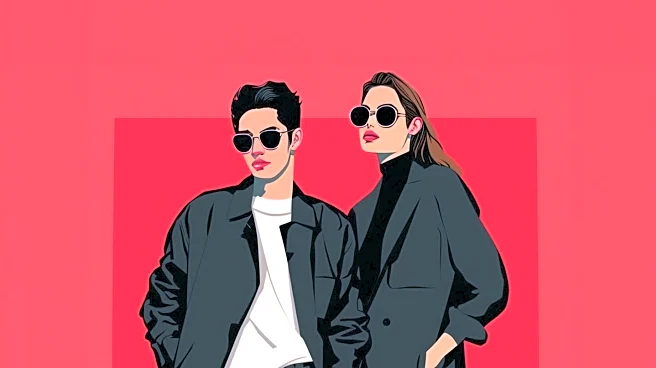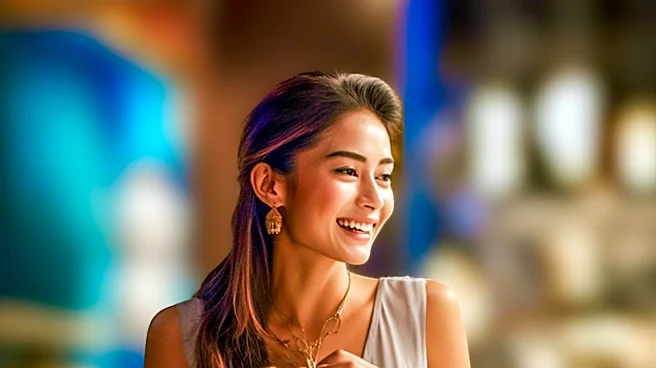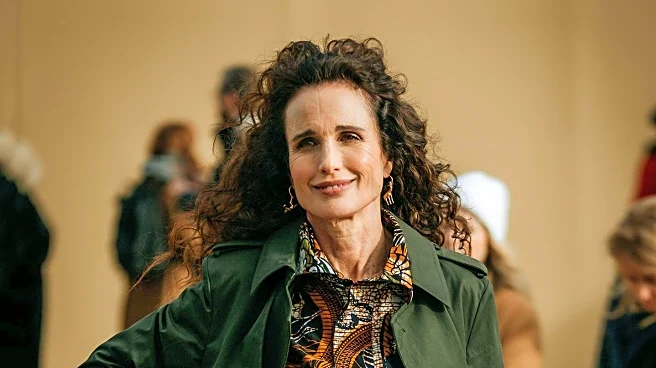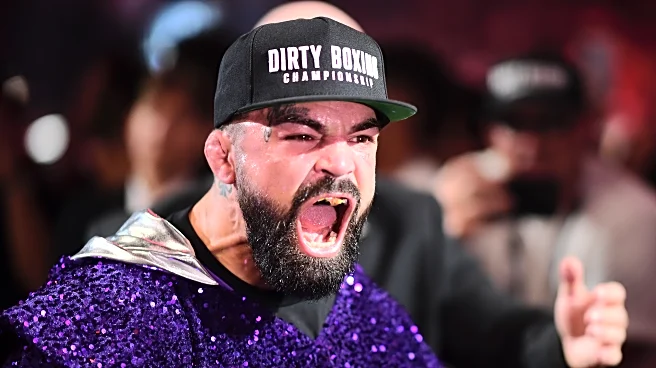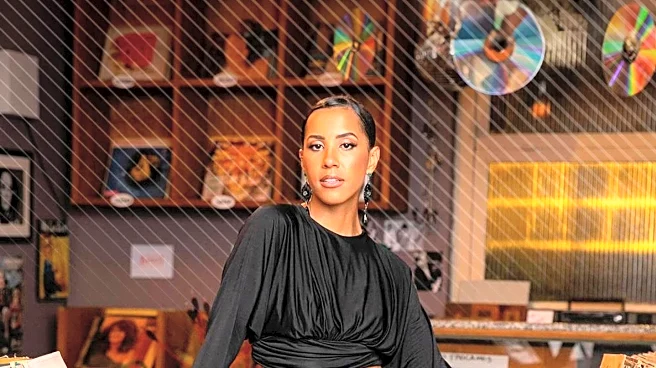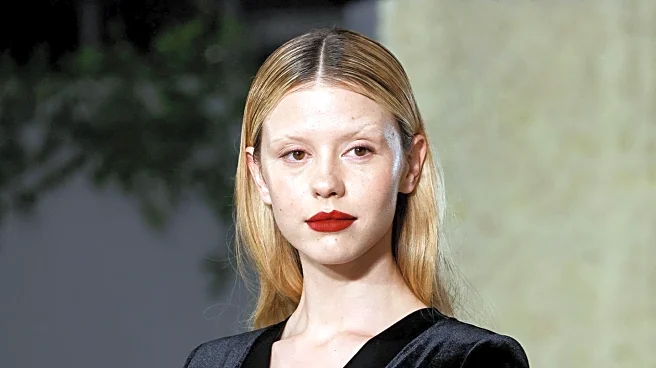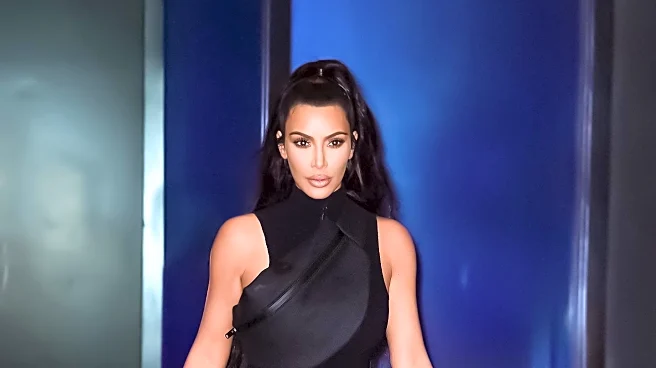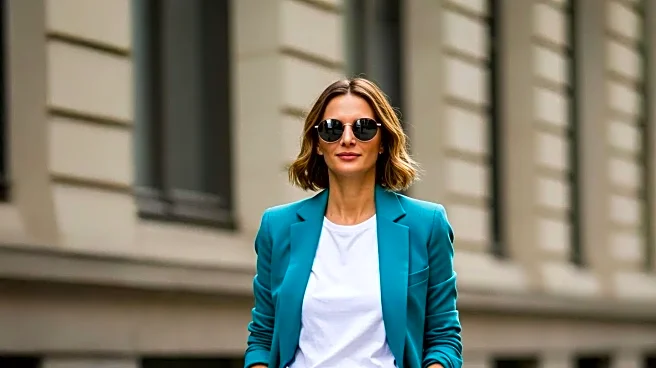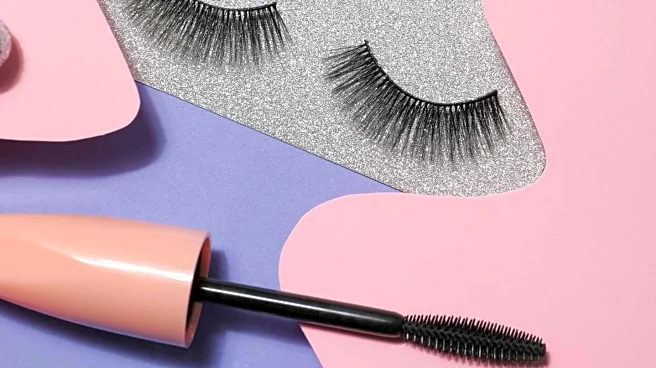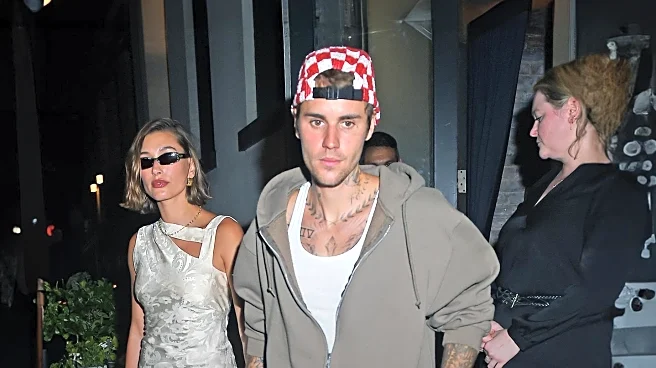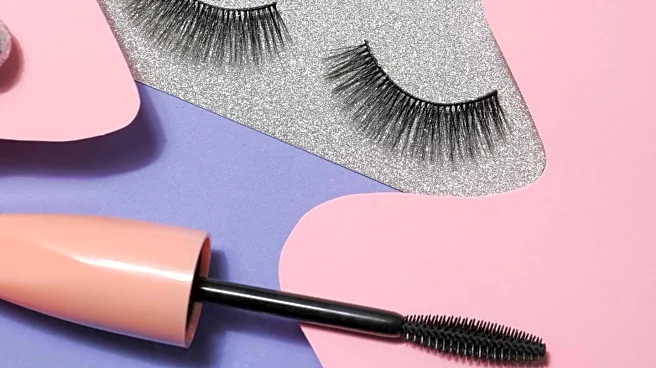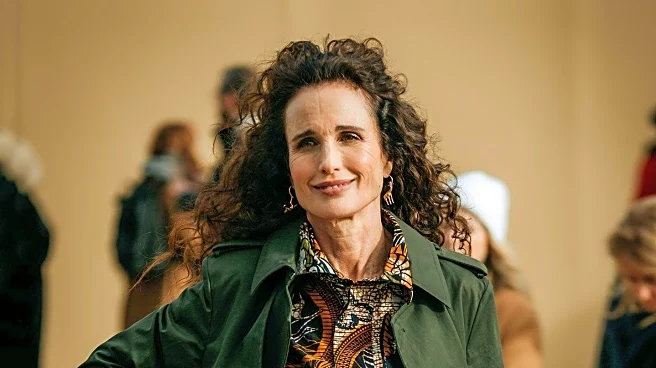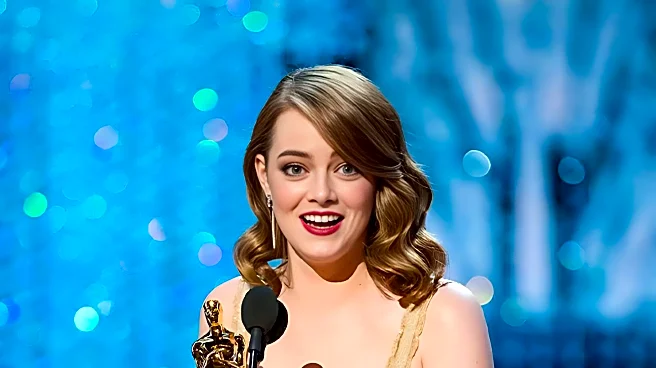What is the story about?
What's Happening?
The concept of 'swag gap' is gaining attention on social media platforms like TikTok, where it describes a noticeable difference in fashion sense between partners in a relationship. This term is used to highlight situations where one partner is more fashion-conscious and puts more effort into their appearance compared to the other. Examples include celebrity couples like Justin Bieber and Hailey Bieber, where contrasting styles are evident. The discussion around swag gaps suggests that these differences can lead to conflicts or feelings of disrespect within relationships. However, some individuals, like Jessica Raialo from New Jersey, view these differences positively, seeing them as a spectrum of style rather than a hierarchy.
Why It's Important?
The discussion of swag gaps in relationships touches on broader societal themes of personal expression, identity, and compatibility. Fashion is often a reflection of personal values and lifestyle, and differences in this area can influence relationship dynamics. For some, a swag gap might lead to feelings of imbalance or dissatisfaction, potentially affecting relationship stability. On the other hand, embracing these differences can promote acceptance and appreciation of individuality within partnerships. This conversation also highlights the role of social media in shaping perceptions of relationships and personal style.
What's Next?
As the concept of swag gap continues to gain traction, it may influence how individuals approach relationships and personal style. Couples might become more aware of the potential impact of fashion differences and seek ways to address or embrace them. Relationship experts and coaches may offer guidance on navigating these differences to maintain healthy dynamics. Additionally, the fashion industry could see a shift in marketing strategies, targeting couples with diverse style preferences.
Beyond the Headlines
The swag gap phenomenon raises questions about societal expectations and the pressure to conform to certain aesthetic standards within relationships. It challenges the notion that partners must have similar styles to be compatible, promoting a more inclusive understanding of personal expression. This trend also underscores the influence of digital platforms in shaping cultural norms and the importance of fostering open communication in relationships about personal preferences and values.
AI Generated Content
Do you find this article useful?
